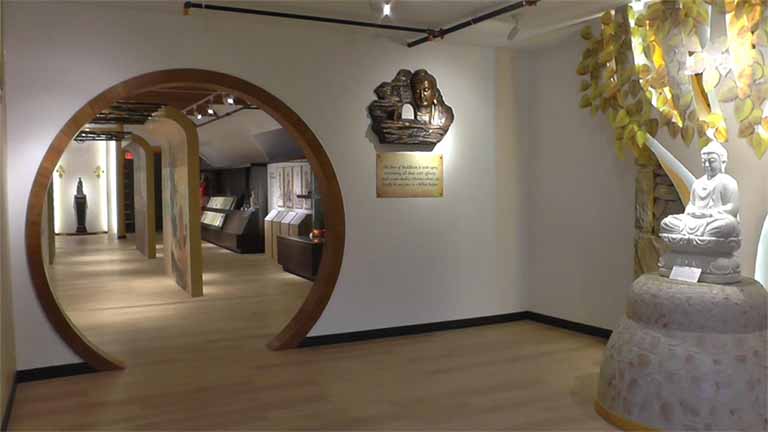EXHIBITS
CULTURAL EXHIBITS
EXHIBITS
TAOIST EXHIBIT

The Mystery of Life
Taoism takes as its foundation, the ancient Taoist philosophy that Tao is the source of creation, “qi” (energy) transformed into the universe, and the world is formed by the unification of Heaven and humans. Additionally, Taoism developed the conceptual understanding of the mutual transformation of Yin and Yang, which forms the basic belief of Taoism. After going through many dynasties, it evolved into a religion that claims one can attain Tao and become an immortal through believing in the spirit of Tao to cultivate oneself.
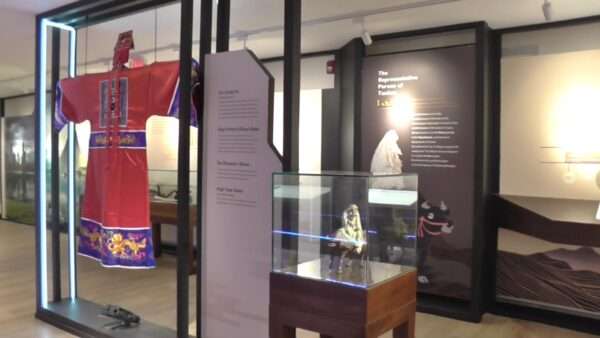
EXHIBITS
CONFUCIAN EXHIBIT
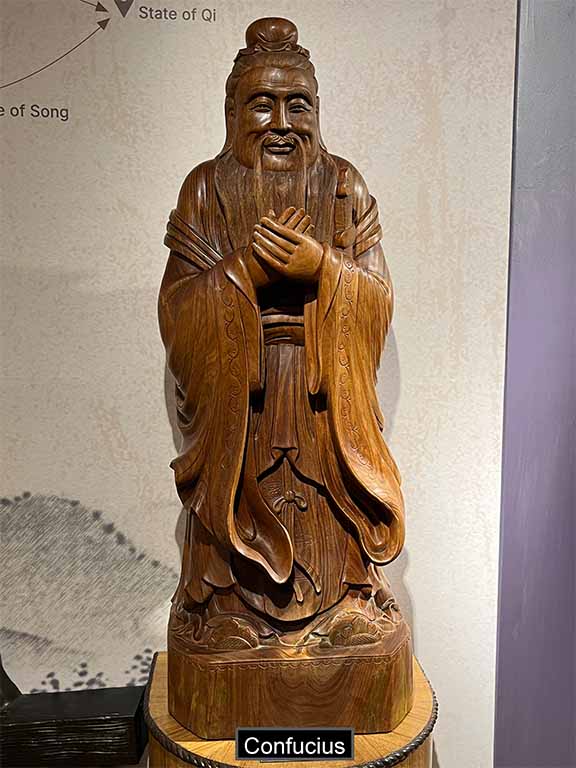
The Music of Life
Confucianism was established by Confucius in the fifth century B.C. and emerged from the traditional practices of rites and music of the Zhou Dynasty. Confucianism is also called Confucian learning and the ideology of Confucius and Mencius. Its core values are benevolence, forgiveness, loyalty, and filial piety. It emphasizes the cultivation and nurturance of Confucian ethics and virtue. It stresses that benevolence and propriety have to complement each other. Confucian teachings focus on morality and ethics in daily life and emphasize the Five Human Relationships and family morality.
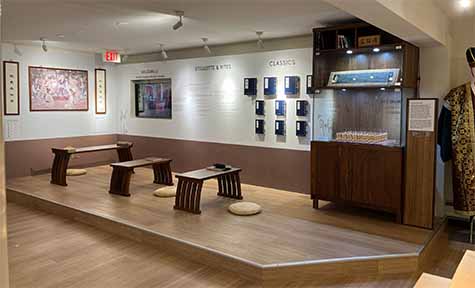
EXHIBITS
BUDDHIST EXHIBIT
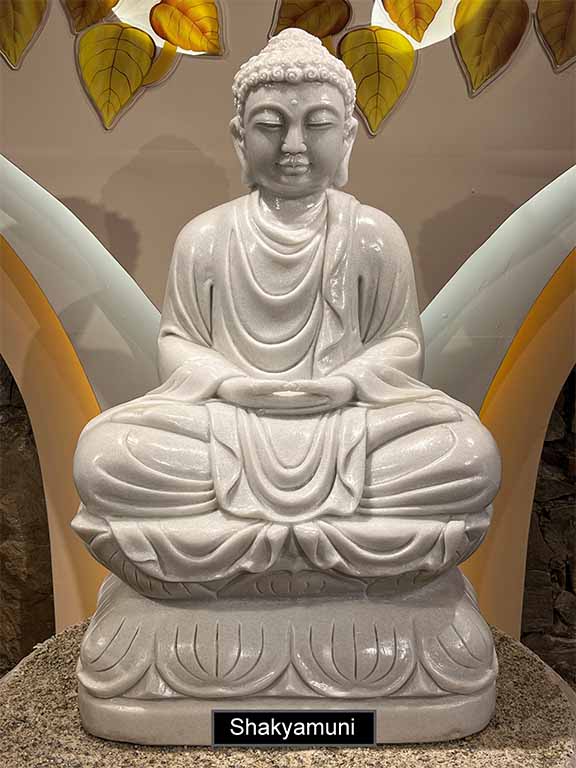
The Trace of Life
Buddhism originated around the sixth to fifth century BC. After Prince Siddhartha Gautama of Kapilavastu in ancient India (Nepal) left his family, became enlightened, and attained Buddhahood, he educated his disciples, and his teachings gradually developed into a religion. The objective of Buddhist cultivation is to thoroughly understand the truth of life and the universe. Buddhists want to cultivate themselves according to the Dharma to sever all their worries and sufferings, transcend the cycle of life and death, and attain ultimate emancipation.
